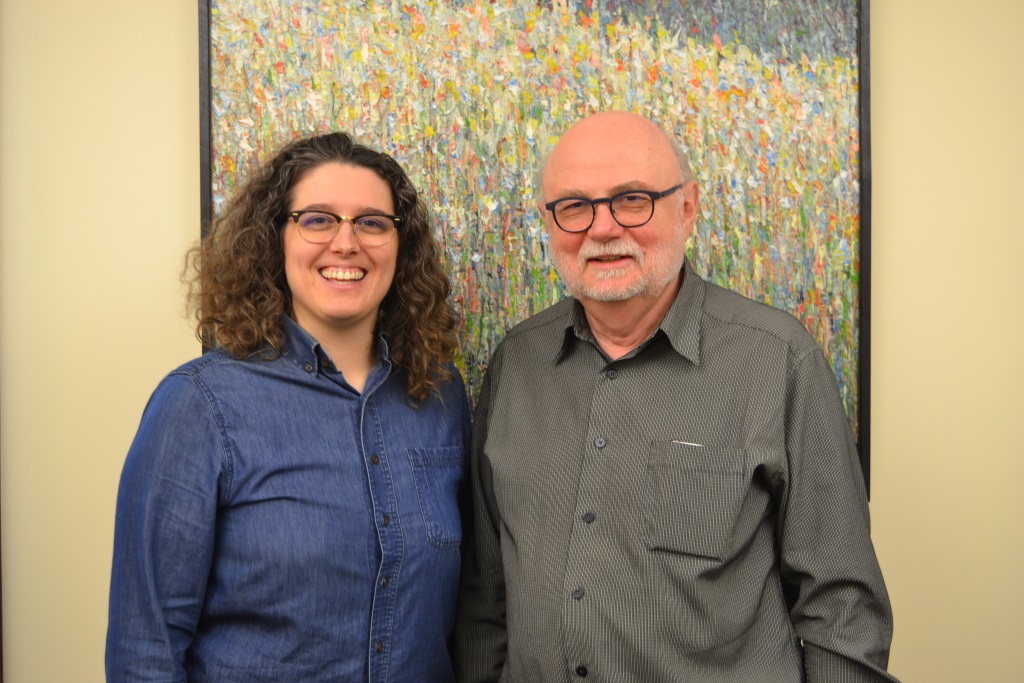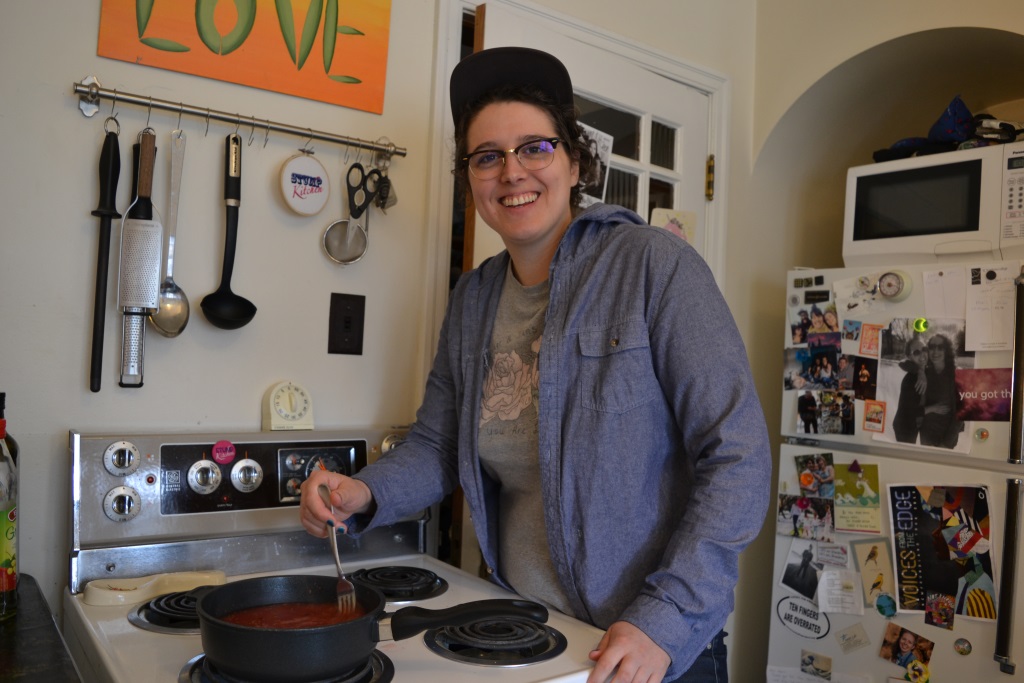Kalyna Country
Let’s Find Out explores whether Ukrainians settled here because it looked like home
How did Ukrainian settlers end up where they did in Canada? Did it have anything to do with encountering landscapes that looked like the places they'd left in Ukraine?
In February, Taproot Edmonton helped present a live recording of local history podcast Let's Find Out. The idea was to generate a whole season of questions about how humans and nature have shaped each other in our city. Alison Brooks-Starks got curious about this question after a recent trip to find her Ukrainian great-grandmother's hometown in modern-day Poland. Alison was struck by how much the mix of open fields and forests looked like the place where she grew up in Canada.

Alison Brooks-Starks and Jars Balan
To get to the bottom of her question, Let's Find Out host Chris Chang-Yen Phillips walked Alison through a stack of helpful books like Frances Swyripa's Storied Landscapes: Ethno-Religious Identity and the Canadian Prairies, and John Lehr's Community and Frontier: A Ukrainian Settlement in the Canadian Parkland.
Then they biked over to the University of Alberta's Pembina Hall to meet Jars Balan, Director of the Canadian Institute of Ukrainian Studies. One of the most fascinating things he shared was that Ukrainian settlers were delighted to find high bush cranberries in the aspen parkland here. In Ukrainian, the plant is known as kalyna and is rich with symbolism about independence and Ukrainian identity.
Listen to the episode at LetsFindOutPodcast.com:
To fully appreciate this connection, Alison and Chris tried making their own kalyna juice using this recipe.

Alison stirring a pot of kalyna juice in her kitchen
Further Reading
- Kalyna Country
- Baba’s Kitchen Medicines: Folk Remedies of Ukrainian Settlers in Western Canada by Michael Mucz
- John Lehr has another article we consulted: “Governmental coercion in the settlement of Ukrainian immigrants in western Canada,” in Prairie Forum 8(2):179-194 · January 1983
- “Settling the West: Immigration to the Prairies from 1867 to 1914,” Canadian Museum of Immigration at Pier 21
- The song Jars Balan sings in this episode is “Ой у лузі червона калина” (Oi u luzi chervona kalyna), or “Oh, the Red Viburnum in the Meadow” by Stepan Charnetskii. Read more about it on Page 78 of Anna-Marie Koszarycz’s graduate thesis at the University of Calgary, “Collection and Documentation of Ukrainian Folk Songs in Kalyna Country Edmonton, Alberta, Canada”
Taproot Edmonton is proud to be supporting the 2019 season of Let's Find Out.
Photos by Chris Chang-Yen Phillips.
Written by:
Tagged:
